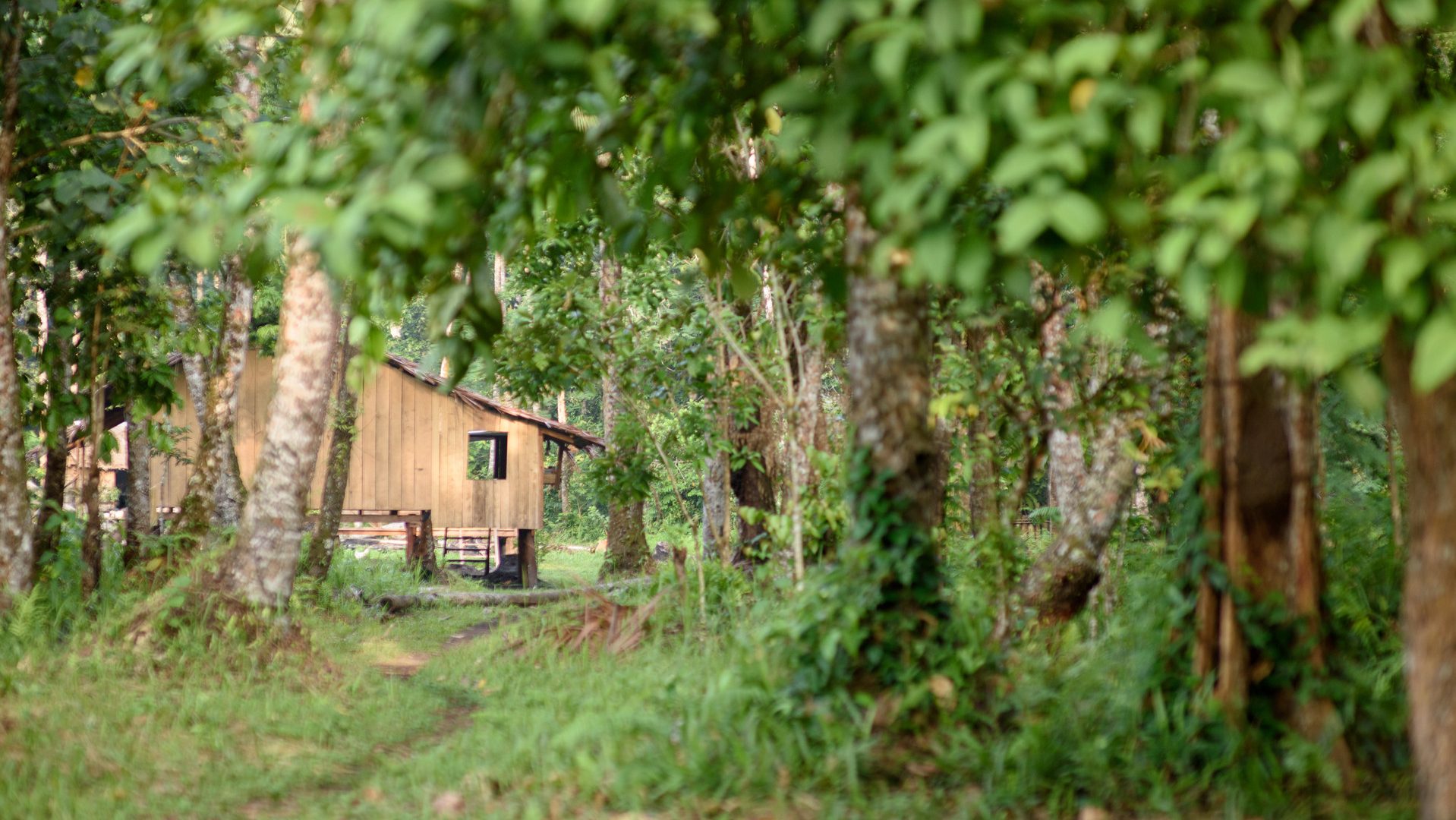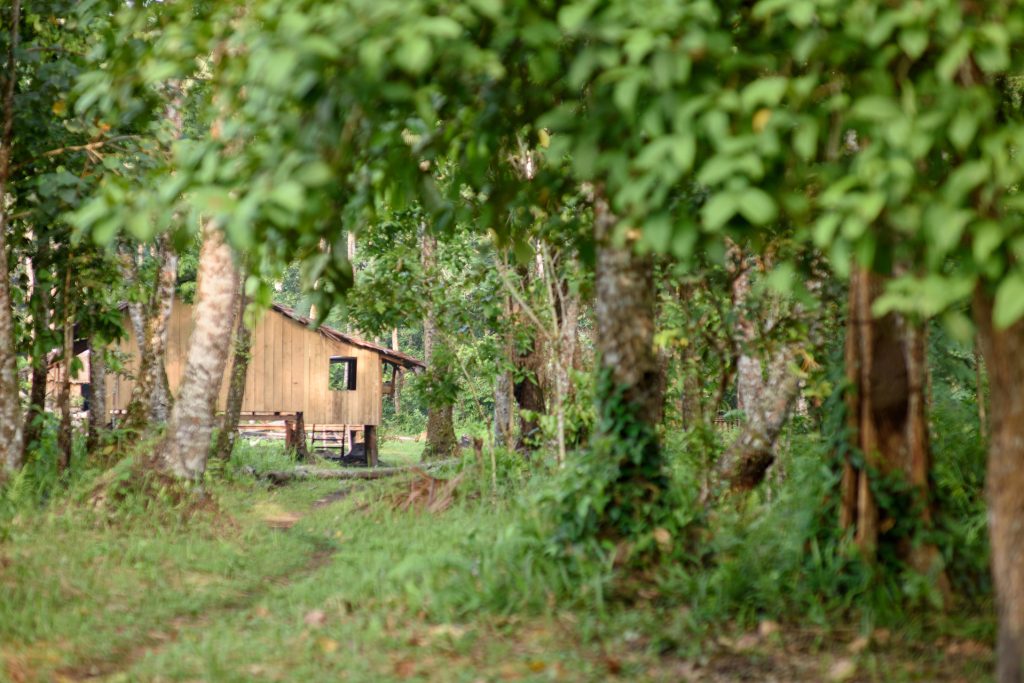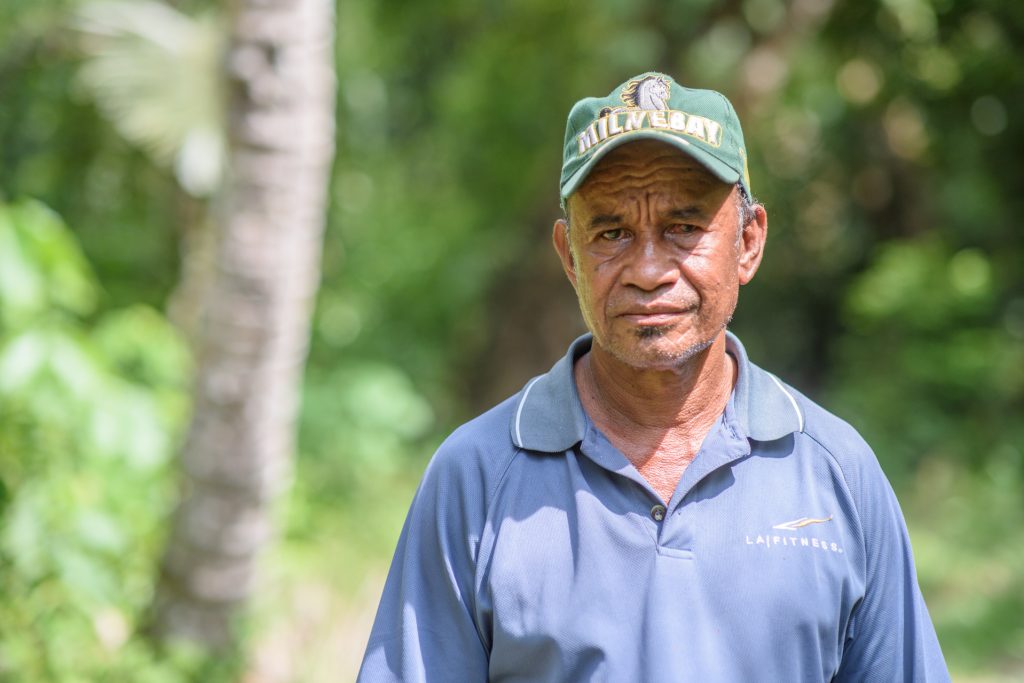
Cool Earth and the Founders Pledge
Cool Earth is delighted to have the support and backing of members of the Effective Altruism movement. You can read more about the Giving What We Can assessment of Cool Earth here.
The Founders Pledge
This year The Founders Pledge, an organisation that gets tech leaders to commit to giving to effective charities, assessed the cause area of climate change. Their conclusion was that there were two other organisations that were more effective than Cool Earth at addressing climate change. These were the Coalition of Rainforest Nations, an intergovernmental group that campaigns for climate finance to go to countries with rainforest, and Clean Air Task Force.
The principal reason for Cool Earth dropping down the rankings was uncertainty about the environmental impact of project-based approaches that are not part of the UNFCCC verification process.
“Assessing leakage, permanence, additionality, and general monitoring and verification is an involved task, and we do not feel confident in our ability to assess these ourselves. We therefore have a preference for projects that are part of the UNFCCC REDD+ process.”
There was also concern that a focus on forests was not as effective as investing in other emission reducing projects such as addressing climate and non-climate pollutants through research and analysis, public advocacy leadership, and partnership with the private sector.
Cool Earth is committed to continual assessment and benchmarking and we wanted to respond to this analysis.


Community building made of wood surrounded by forest
REDD+
Reduced Emissions from Deforestation and Forest Degradation (REDD) is a mechanism for rewarding countries that do just that. It has been developed by the United Nations Framework Convention on Climate Change (UNFCCC) and receives funding from the Green Climate Fund (a pot of money the UN manages), the aviation industry and the voluntary carbon market. The voluntary carbon market is made of businesses that want to reduce carbon emissions beyond what they can do on their own.
REDD+ is without doubt an important tool for encouraging countries to tackle the contribution of forest loss to climate change.
It is also a very complex one that focuses on action conducted at the national level. The benefits go to that level as well. This makes sense because a great deal of money has been pledged by governments without rainforest; £10bn at the last count. It also means there are many controls in place. The verification process, for example, is lengthy and expensive. It frequently takes up to five years to complete.
This makes REDD+ an avowedly top-down approach.
In contrast, Cool Earth champions a bottom-up methodology. We believe that the people who live in the forest have most to lose from its loss. They are also best placed to address the rapid, informal degradation that now accounts for a staggering 70% of all tropical forest loss.
This is not just our opinion. Indigenous peoples and other local communities are described as “effective biodiversity and conservation managers”, and the “primary custodians of most of the world’s remaining tropical forests and biodiversity hotspots.” Indigenous Peoples and local communities manage at least 24 percent (54,546 MtC) of the total carbon stored above ground in the world’s tropical forests, a sum greater than 250 times the amount of carbon dioxide emitted by global air travel in 2015.
The relative absence of forest people from the REDD+ has been a long-standing criticism. So too has been the pace of implementation which, in the worst examples, can take a decade.
This makes REDD+ very different to Cool Earth’s approach. We only work with communities that have forest that is at immediate threat of destruction. This is because even a small gang of illegal loggers can clear forest at an alarming rate. For every tree removed up to 30 more can be severely damaged by the timber harvesting operation itself.
This is not to say that our partnerships can be created instantaneously. The process of establishing free and prior informed consent takes at least a year and must be repeated on a regular basis. But our process of measurement is certainly less involved than the methodology used by the UNFCCC. We use satellite analysis and ground-truthing with the result that we have an up to date and verifiable evidence of carbon stored in the protected forest.


Portrait of a community member in Milne Bay, Papua New Guinea
Forests as focus
Cool Earth recognises that many factors have to come together to prevent catastrophic climate change. Investments in renewables are paying off with capacity outstripping levels predicted just a few years ago. Global agreements on industrial emissions are starting to bite and investment in adaption technology is ramping up.
But these things will need decades to make a sufficient impact on net emissions. Forests are here, now, and provide a ready-made answer to absorbing emissions.
Several pieces of research point to forests being a crucial part in the puzzle. According to Richard A. Houghton and Alexander Nassikas of Woods Hole Research Center and Brett Byers of Rainforest Trust, protecting, restoring, and better managing tropical forests could provide as much as half the net carbon emissions required to meet a 2-degree Celsius climate target.
“Absorption of carbon by tropical forests could offset much of the release of fossil fuel carbon between now and 2050, thus stabilizing and then reducing the CO2 concentration in the atmosphere within just a few decades, and providing a bridge to a fossil-fuel-free world.”
Cool Earth welcomes debate and investigations by any of its stakeholders, especially the smart investors of the Effective Altruism movement. It makes us re-examine our model and helps us improve. We hope that this information goes some way to addressing the concerns that The Founders Pledge has, and that entrepreneurs and tech leaders continue to make a big impact on climate change by donating to Cool Earth.
Further reading
The Founders Pledge Cause Area Report on Climate Change 2018
Rights Not Fortresses: Conservation is the Key to Save the Planet says UN Expert. The Guardian, July 2016
Rights and Resources Institute: Towards a Global Baseline Storage in Collective Lands, November 2016
R. A. Houghton, Brett Byers and Alexander A. Nassikas. A role for tropical forests in stabilizing atmospheric CO2. Nature Climate Change 5, 1022–1023 (2015) doi:10.1038/nclimate2869 Published online 25 November 2015
